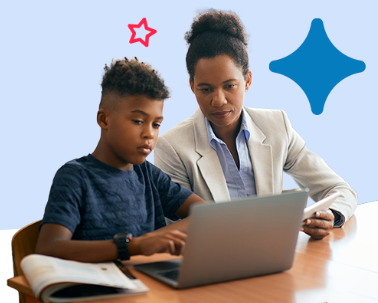Gamification—the use of game elements in non-game settings—is becoming an increasingly popular approach in higher education.
By integrating features like points, challenges, leaderboards, and rewards into coursework, instructors can make learning more engaging and motivating for students.
Boosting Student Engagement One of the biggest advantages of gamification is its ability to capture students’ attention.
When learning feels interactive and enjoyable, participation tends to rise. Gamified lessons often involve quizzes, competitions, or achievement badges that encourage students to stay involved and invested in their progress. Encouraging Active Learning Gamification supports active learning by encouraging students to interact with content rather than passively receive information. Activities such as simulations, role-playing, and scenario-based challenges require critical thinking and problem-solving, helping students better understand course material. Promoting Goal Setting and Motivation Game-like elements provide clear goals and instant feedback, which can increase motivation. Students can track their progress, see how they compare with peers, and earn recognition for their achievements—factors that contribute to a sense of accomplishment and forward momentum. Supporting Collaboration and Healthy Competition Many gamified experiences are designed for group work or team-based challenges. These encourage collaboration, build communication skills, and foster a sense of community. At the same time, leaderboards and point systems introduce a fun, low-stakes form of competition that keeps learners energized. Adapting to Different Learning Styles Gamification offers multiple ways to engage with material, which benefits students with different learning preferences. Whether through visual elements, interactive tasks, or storytelling, gamified content can be tailored to support a variety of needs and abilities. Final Thoughts Gamification in higher learning classrooms is more than just fun—it’s a strategy that encourages participation, reinforces learning, and builds important skills. When used thoughtfully, it can transform traditional education into an experience that is both meaningful and motivating for students.






